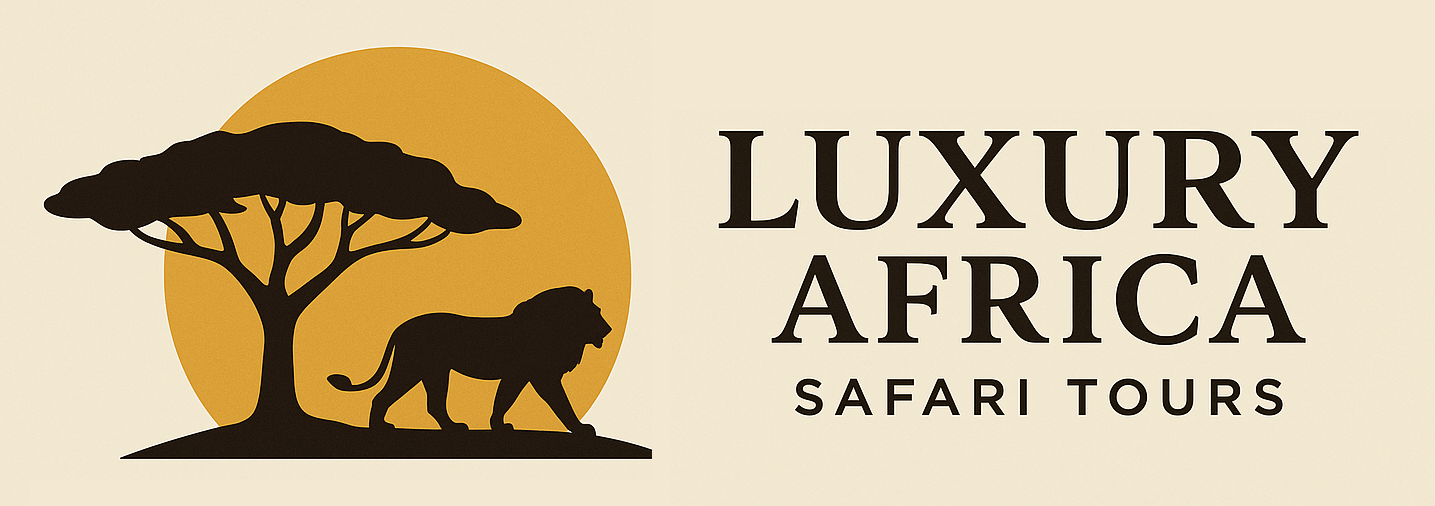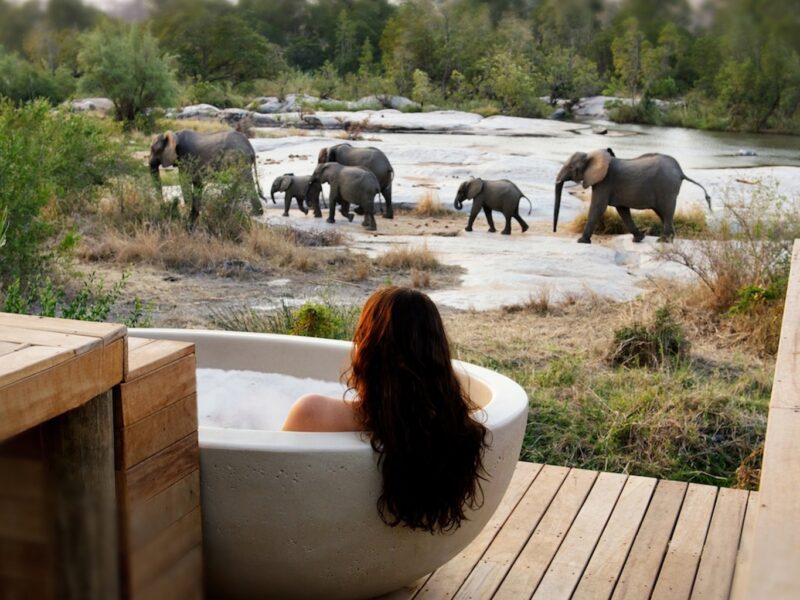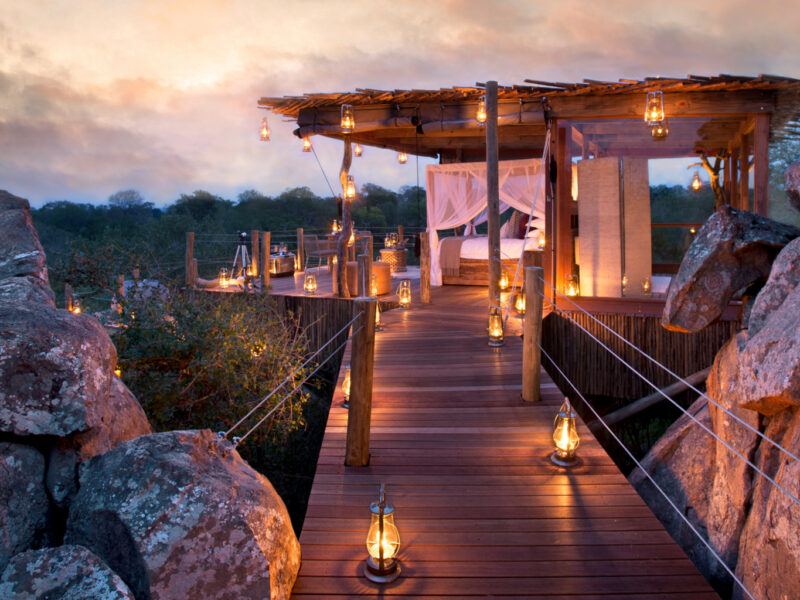The Top 5 Unique Trees in Botswana
The trees of Botswana are more than botanical species—they are storytellers, survivors, and silent partners in the great wilderness symphony. From the ancient baobabs anchoring arid plains to the mopane forests alive with elephant herds, each tree reflects the resilience, rhythm, and richness of this extraordinary land. They offer food and medicine, shelter and shade, myth and memory.
Introduction: The Silent Storytellers of the Wild
Botswana’s untamed wilderness is renowned for its extraordinary wildlife, expansive salt pans, and the life-giving waters of the Okavango Delta. But just as significant—though often overlooked—are the remarkable trees that root themselves into this sun-baked earth. These trees are not merely background scenery; they are vital components of the ecosystem, offering shelter, nourishment, medicine, and myth. Each one has its own story, its own survival strategy, and its own connection to the culture and traditions of the people who have lived alongside them for generations. These are not ordinary trees—they are living monuments, guardians of the land, and characters in Botswana’s unfolding natural drama. Here are five of the most unique and iconic trees that define the soul of Botswana’s landscapes.
1. The Baobab – The Tree of Life
Towering, timeworn, and bulbous in shape, the baobab is arguably the most iconic tree in Botswana. Often described as “upside-down” due to its root-like branches, this colossal tree is a marvel of biological adaptation. Some specimens in Botswana are thought to be over 2,000 years old, making them some of the oldest living things on Earth.
The baobab is a symbol of resilience and generosity. Its thick trunk stores thousands of litres of water, allowing it to survive long, parched seasons. Every part of the tree serves a purpose: the bark is used for rope and cloth, the leaves for medicine, and the fruit—known as monkey bread—is rich in vitamin C and antioxidants. Baobabs are also cultural touchstones, often featuring in legends, rituals, and as gathering points for communities. In the vast open spaces of northern Botswana, particularly around Nxai Pan and Savuti, baobabs stand like sentinels of time—silent, enduring, and full of secrets.
2. The Camel Thorn – The Desert Provider
Found across the drier regions of Botswana, particularly in the Kalahari, the camel thorn tree (Acacia erioloba) is a lifeline in arid environments. It’s not just its deep taproots—reaching up to 60 metres underground—that make it special, but the way it supports life in the harshest conditions. Its nutritious seedpods are a favorite of elephants and antelope, while its thorny branches offer shade and shelter to countless bird species and mammals.
Camel thorn wood burns slowly and hot, making it a traditional source of fuel for cooking and heating. Its bark and gum are used medicinally, and for desert dwellers—human and animal alike—it is often the only available refuge from the sun’s searing glare. In the early mornings and late afternoons, golden light filters through its graceful, umbrella-shaped canopy, creating a quintessential Botswana silhouette against the sky.
3. The Mopane – Butterfly Leaves and Elephant Delicacy
Covering vast swathes of northern Botswana, especially in Chobe and Moremi, the mopane tree is instantly recognisable by its butterfly-shaped leaves. These trees are a cornerstone of Botswana’s dry woodland habitats and play a crucial role in the ecological balance of the region.
Mopane leaves are favored by elephants, and the tree’s high resin content makes it one of the toughest and most termite-resistant woods available—ideal for building and carpentry. But its significance goes beyond that: the mopane worm, which feeds on the leaves, is a staple protein source for many communities. The tree’s bark is also used in traditional medicine, believed to treat everything from fevers to wounds.
Mopane forests shimmer with activity in the heat of day, the leaves fluttering like insects, and the scent of resin rising into the warm air. Though not towering or especially graceful, mopanes embody the gritty determination of the landscape they dominate.
4. The Leadwood – Skeleton of the Savannah
The leadwood tree (Combretum imberbe) is one of Botswana’s most durable and dramatic trees. Even long after death, its silver-grey skeleton remains standing for decades—sometimes centuries—earning it the name “the ghost of the savannah.” These bleached husks are hauntingly beautiful and often used by leopards as lookout posts or resting spots.
Leadwood is one of the densest and heaviest hardwoods in Africa. Its wood sinks in water and is so hard that it resists termites, rot, and even fire. For early humans, it was used to make tools and charcoal, and its bark has medicinal uses. You’ll often find leadwoods in the floodplains of the Okavango, their stoic forms rising from the reeds or silhouetted against a dramatic sky.
Their presence speaks of permanence in a place defined by seasonal change—anchors of stillness in the ever-shifting wilderness.
5. The Fever Tree – Luminous in the Moonlight
With its smooth, almost glowing yellow-green bark, the fever tree (Vachellia xanthophloea) is one of Botswana’s most visually arresting trees. It thrives in the wettest areas—along riverbanks and floodplains—particularly in and around the Okavango Delta and Linyanti marshes. Its ethereal look, especially in the moonlight or at dawn, gives it an otherworldly beauty.
Historically, early explorers and settlers associated fever trees with malaria outbreaks—not realizing the real culprit was the mosquitoes that bred in the nearby stagnant water. This gave the tree a mysterious, ominous reputation. In truth, the fever tree is a beneficial part of the ecosystem, fixing nitrogen in the soil and providing a home for birds and insects. Its long thorns and soft, feathery leaves create a delicate contrast, making it one of the most graceful trees in Botswana.
In the right light, fever trees almost seem to shimmer. Standing among them at sunrise or sunset, the world takes on a golden hue, and the hush of the Delta feels like a dream suspended in time.




